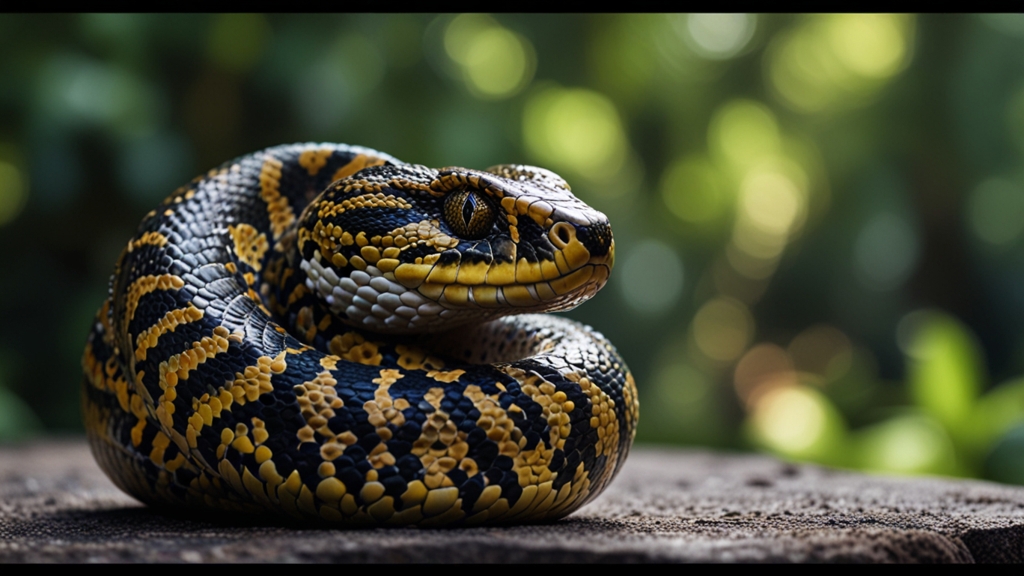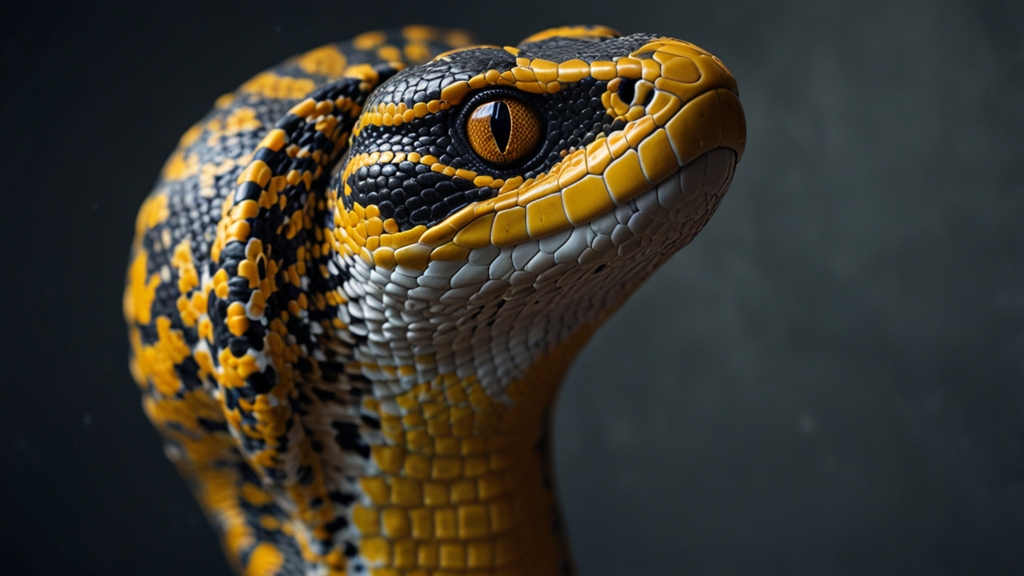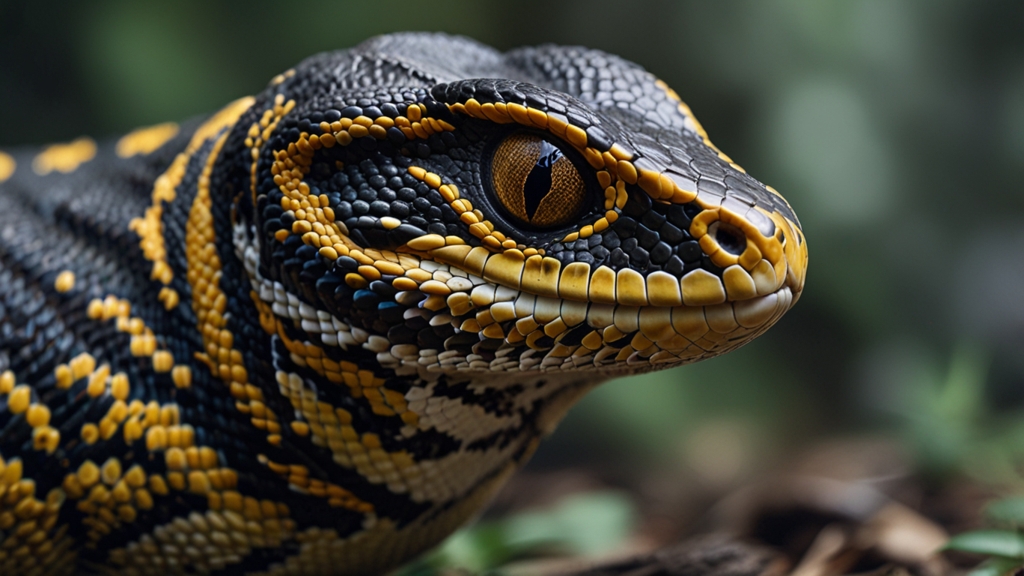Do Animals Have a Sense of Humor? Mind-Boggling Research
When we think about humor, we often consider it a uniquely human trait, a complex interplay of cognitive and emotional processing. However, emerging research suggests that animals, too, might possess a sense of humor, challenging our understanding of what it means to be humorous. This article delves into the fascinating studies that explore whether animals can laugh, amuse themselves, and even play pranks on one another.
Defining Humor: A Human Construct?
Humor, by its very nature, is challenging to define. It's a subjective experience that can range from a subtle chuckle to uncontrollable laughter. For humans, humor is often seen as a sophisticated form of social interaction, involving language, culture, and context. But can we extend this complex behavior to animals?
Traditionally, scientists have been cautious about attributing human characteristics to animals. However, the field of animal cognition has made significant strides, opening the door to the possibility that animals may experience their own forms of humor.
The Laughter of Rats
One of the most mind-boggling pieces of research comes from the study of rats. Jaak Panksepp, a neuroscientist known for his work on the emotional lives of animals, discovered that rats emit high-frequency sounds, akin to laughter, when they are tickled or when engaging in playful activities. This laughter-like sound is inaudible to the human ear without specialized equipment but is a clear indicator of positive emotional states in rats.
“We have learned that the emotional framework in animals is very similar to that in humans, and this expands our understanding of the animals' capability for joy and possibly humor,” Panksepp stated.
This groundbreaking research suggests that the roots of laughter and, by extension, humor could be deeper and more widespread in the animal kingdom than previously thought.
Playful Dolphins and Mischievous Monkeys
Rats aren't the only animals that exhibit behaviors resembling humor. Dolphins, known for their high intelligence, have been observed engaging in playful activities that suggest a sense of humor. They often create bubble rings, play catch with objects, and seem to enjoy social games.
Similarly, primates, our closest relatives, exhibit behaviors that could be interpreted as forms of humor. Researchers have observed monkeys pulling pranks on each other, such as playfully tugging tails or hiding food from their companions. These activities often result in what appears to be laughter-like vocalizations and expressions of joy.
“It's fascinating to see these behaviors in primates because it suggests that humor, or at least a sense of playful amusement, is not exclusive to humans,” says Dr. Jane Goodall, renowned primatologist.
Theoretical Perspectives
The presence of humor-like behaviors in animals lends support to several theoretical perspectives in evolutionary biology and psychology. One theory posits that humor and play are essential for social bonding and the development of cognitive skills. If humor plays a role in social cohesion and learning, it's possible that these behaviors have been conserved across species.
Another perspective suggests that humor is linked to cognitive complexity. Animals with more advanced brains, such as primates, cetaceans, and even some birds, might possess the cognitive abilities necessary for experiencing humor. This theory is supported by observations of complex social interactions and problem-solving behaviors in these species.
Conclusion: A New Frontier
The question of whether animals have a sense of humor opens up a new frontier in the study of animal cognition and behavior. While it remains difficult to draw definitive conclusions, the evidence is compelling enough to warrant further investigation. Understanding humor in animals not only enriches our knowledge of them but also provides deeper insights into the evolutionary roots of this fascinating human trait.
As research continues to unfold, we may find that the gap between human and animal capabilities is narrower than we once imagined. The shared capacity for laughter and joy could become another testament to the intricate and interconnected tapestry of life on Earth.










